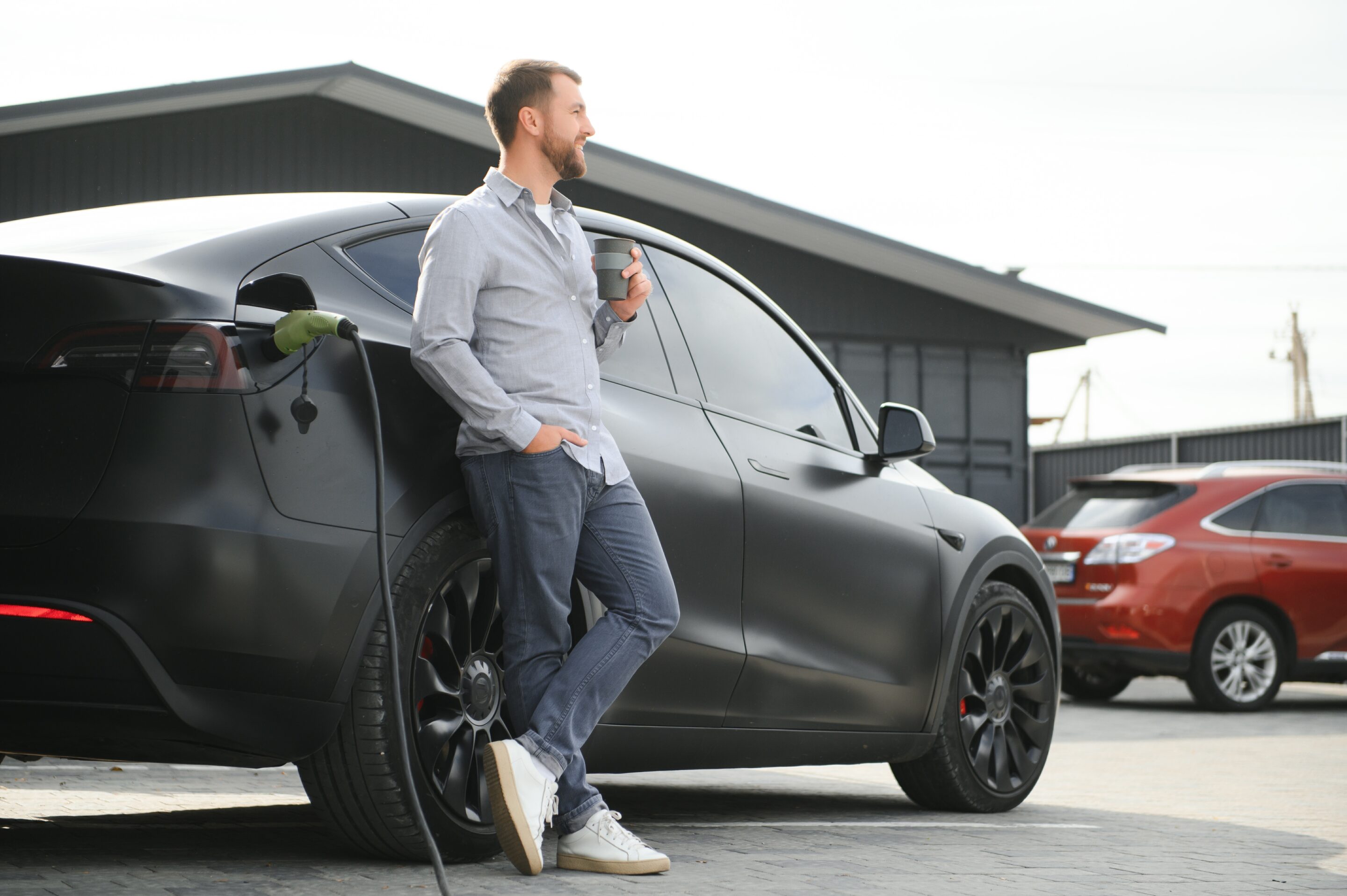After a stretch of decline from the massive peaks of the post-pandemic era, dealership profitability has not just recovered, it has blossomed.
Franchised dealerships saw average net pretax profit climb an impressive 27.1 percent year over year in Q2 according to the latest Presidio-NCM Average Dealership Performance Benchmark report. Two key factors drove this surge: the rush of consumers buying new vehicles ahead of impending tariff hikes and easier year-over-year comparisons, thanks to the 2024 CDK Global outage, which significantly disrupted dealership operations.
“Second-quarter results highlight the adaptability and underlying strength of franchised dealerships,” said George Karolis, president of The Presidio Group. “We are seeing a continued redefinition of what normal profitability looks like for dealers.”
The Presidio-NCM Average Dealership Performance Benchmark is based on the financial data of more than 4,000 U.S. franchised dealerships. It includes dealerships of all brands and sizes offering a wide-ranging look at industry performance.
A Strong Quarter Across the Board
Revenue at the average dealership rose 8 percent year-over-year to $22 million in Q2, driven by a combination of increased new-vehicle and used-vehicle sales. New-car sales surged 8.3 percent, while used cars saw a 3.7 percent uptick. Both categories benefited from heightened demand influenced by the Trump administration’s tariff announcement, which spurred consumers to make purchases ahead of expected price hikes.
Over the past few months, tariff policy changes have emerged as a double-edged sword for the industry. While the pre-tariff rush led to a significant sales boost in Q2, uncertainty about future tariff policies looms large over the second half of the year.
“Tariffs are a structural adjustment for retailers who must now navigate a new pricing dynamic as their manufacturers alter strategies for their brands,” said Kevin Tynan, Presidio’s director of research.
However, the threat of tariffs has not yet had any real negative impact on dealerships. Gross profits for new vehicles increased by 6.1 percent quarter over quarter to reach $2,128 per unit, marking the first improvement in this metric in years. Similarly, used-vehicle gross profits rose 10.7 percent year over year to $1,567. Finance-and-insurance (F&I) income also grew 5.6 percent year-over-year, while fixed operations, encompassing parts and service, posted a solid 6.2 percent gross profit increase.
Performance by Brand Segment
For the first time since profitability peaked during the early stages of the COVID-19 pandemic, all three major brand segments—luxury, import, and domestic—posted year-over-year increases in average pretax profit.
- Import brands led the surge with a 33.9 percent year-over-year gain, buoyed by stronger market performance and heightened consumer demand due to incoming tariffs.
- Luxury brands saw a 31.7 percent profit increase, partly driven by higher F&I margins and stable vehicle pricing.
- Domestic brands finally rebounded after three years of declines, achieving a 23.5 percent improvement in pretax profit as operational discipline and tariff-related sales gains took hold, just to a slightly lesser extent that the import brands.
While these figures reflect positive momentum, Karolis cautions against universal optimism.
“It’s important to remember not all stores are participating equally in this rebound,” said Karolis. “Brand strength and geographic factors continue to be key differentiators driving operational performance and dealership values.”
The Path Forward
With all dealership segments showing robust gains, the rollercoaster that has been 2025 continues. Dealers were optimistic to start the year then pessimistic following the announcement of import tariffs and now it appears the truth has landed somewhere in the middle. At least for now. If 2025 has taught us anything it’s that we never really know what the future holds. However, the report notes that a good way to help sustain this tailwind is to focus on proactive management.
“To keep their gains going, dealers should double down on operational discipline — closely managing expenses, optimizing inventory and staying responsive to shifts in consumer demand,” said Paul Faletti, CEO of NCM Associates. “Sustained profitability will come from a focus on fundamentals and a willingness to adapt as market conditions continue to evolve.”
Related Stories:








